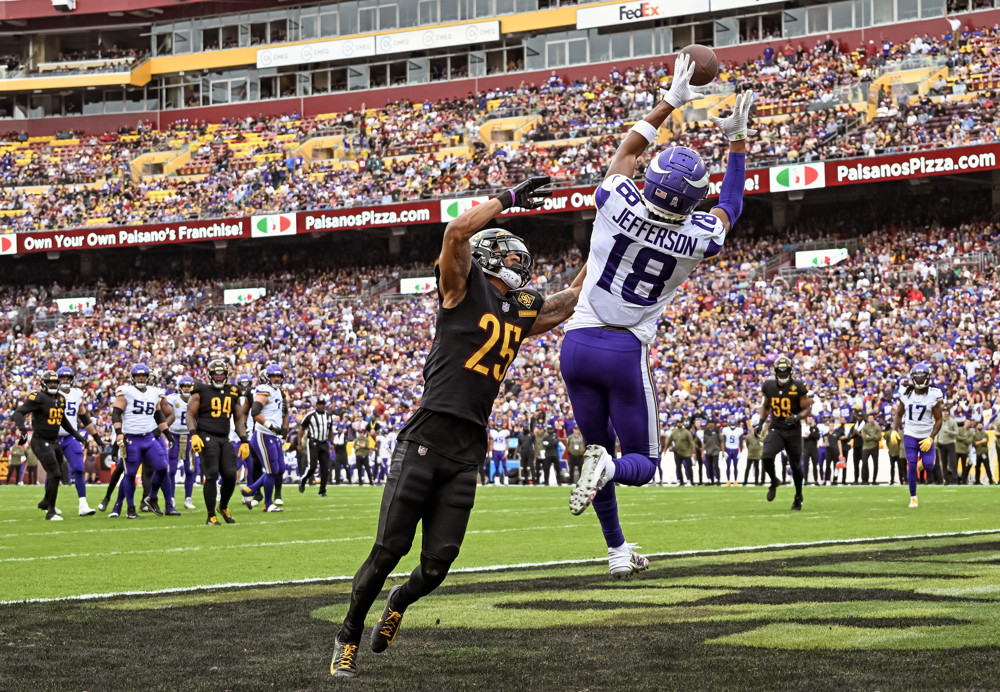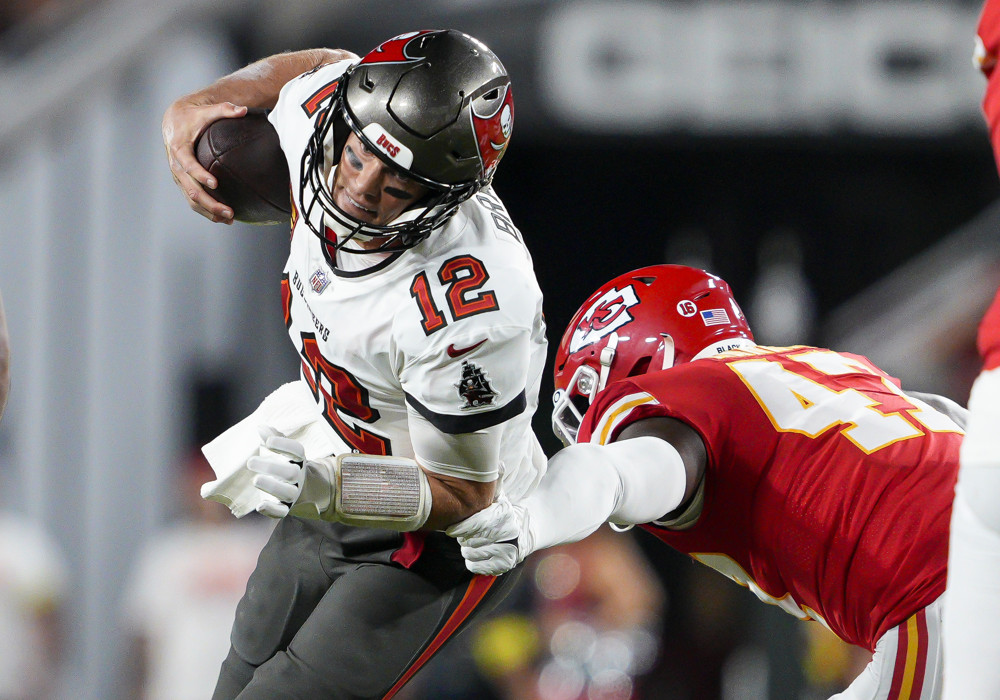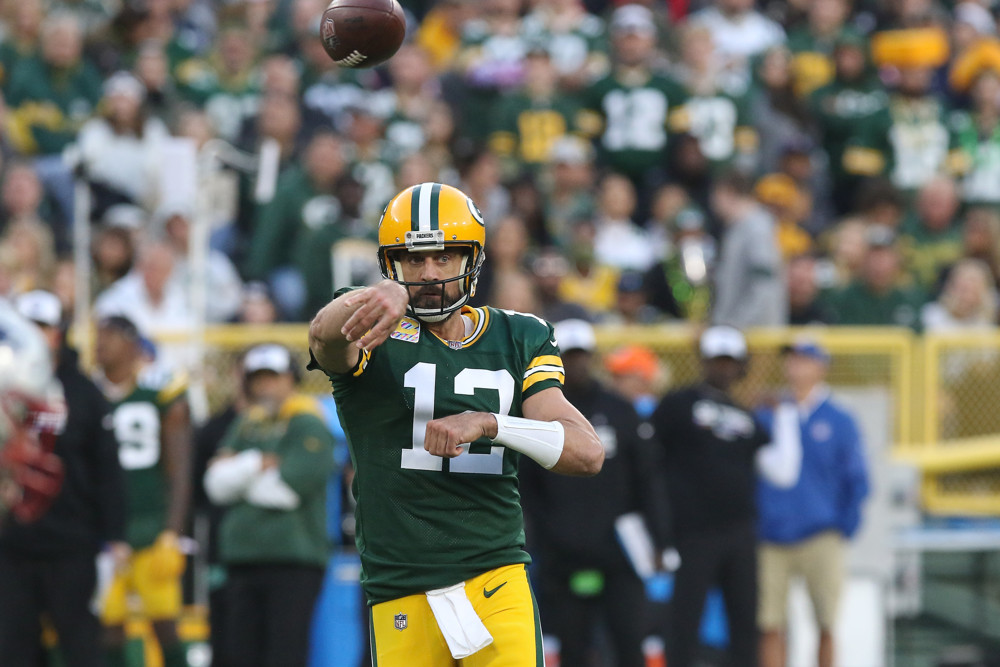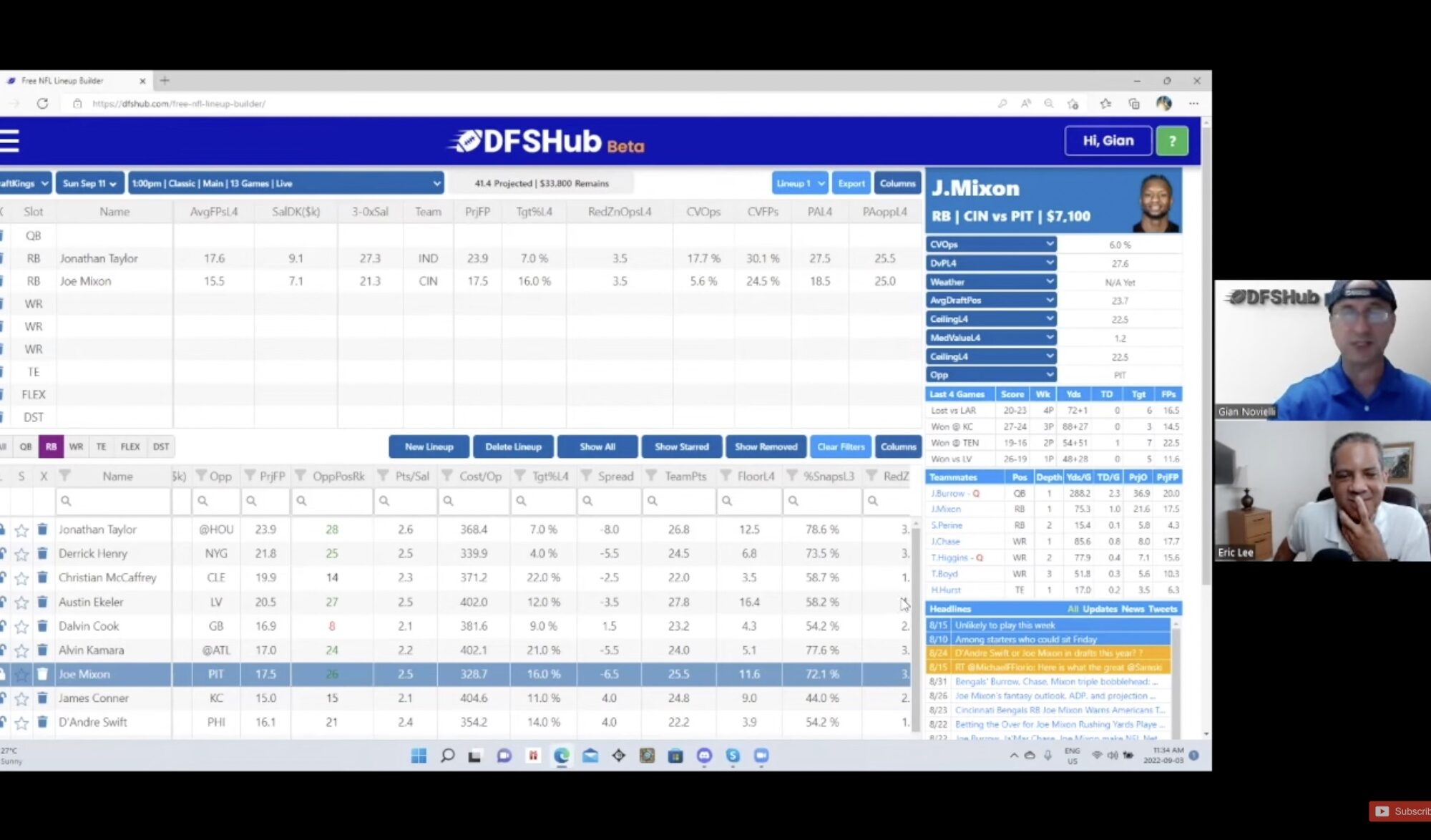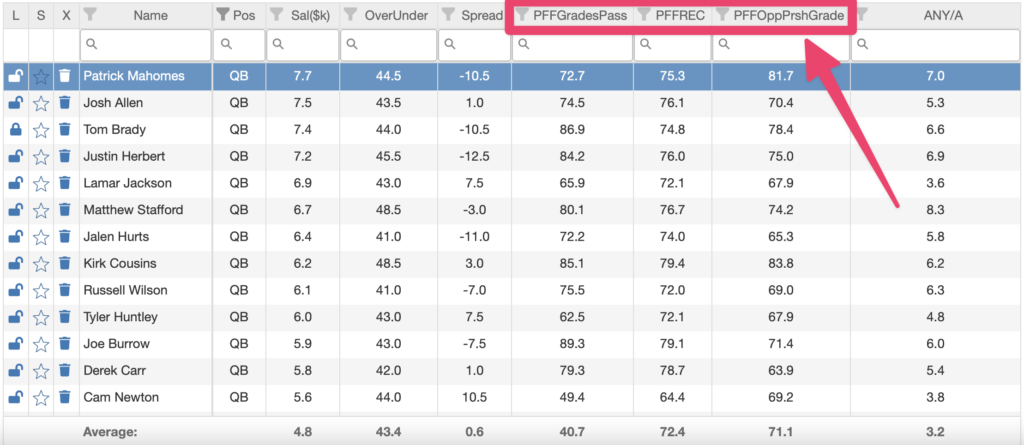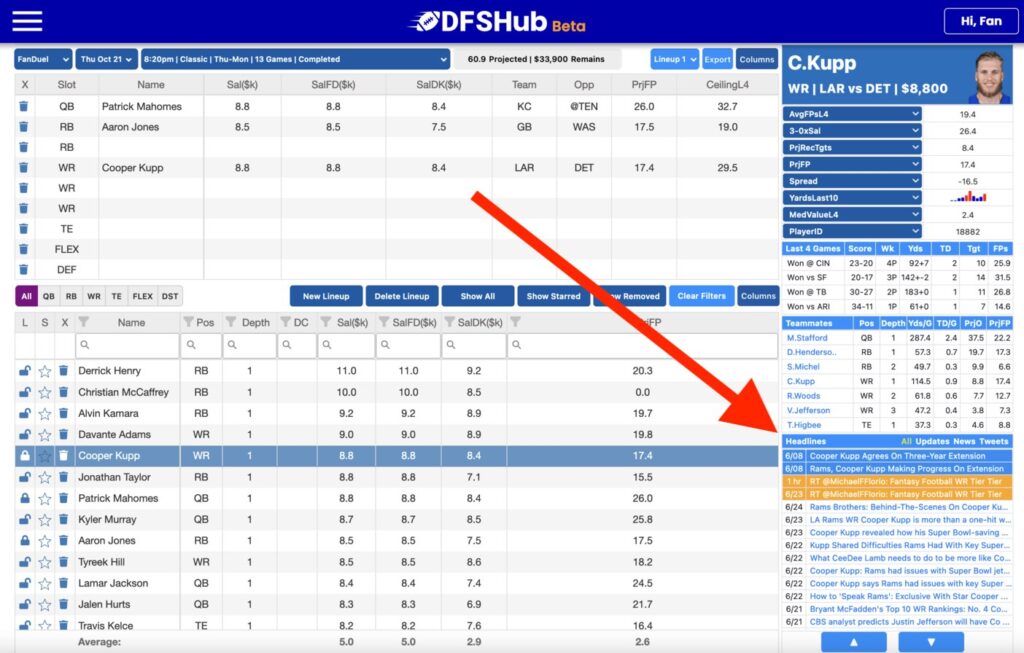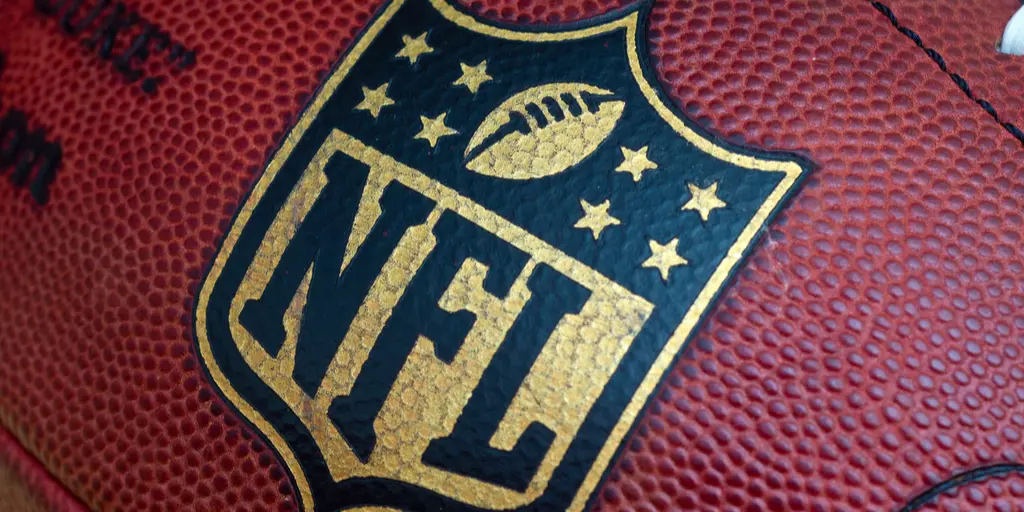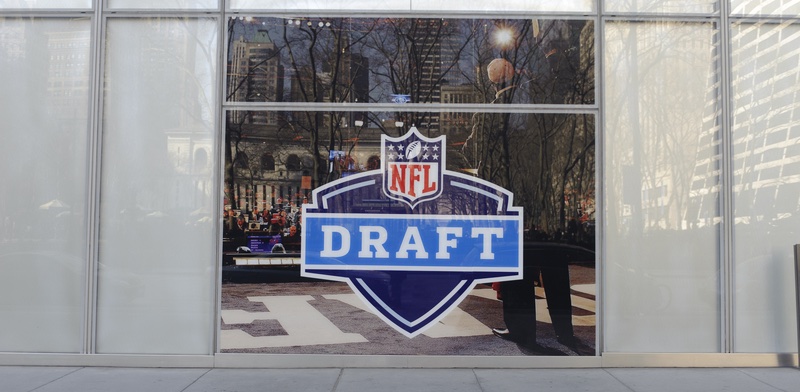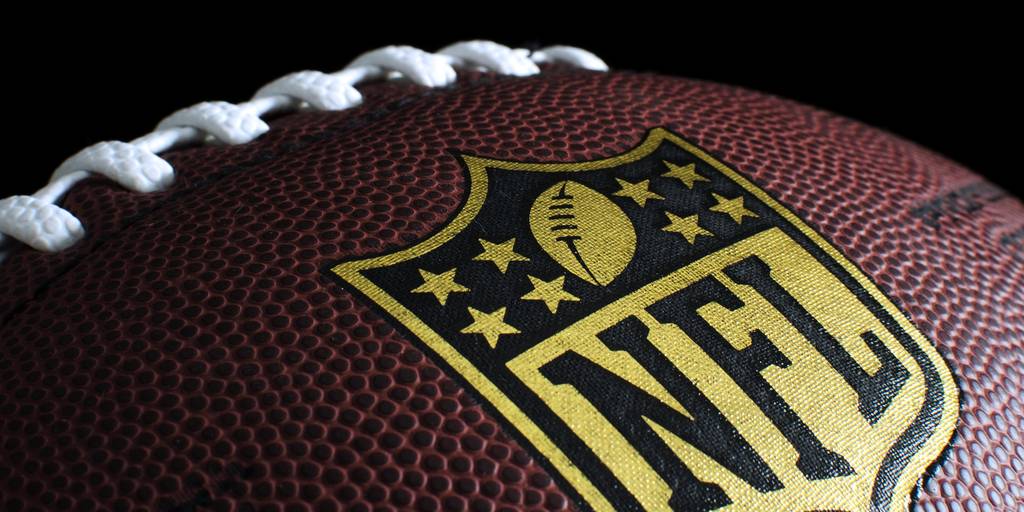Preview
It takes serious value hunting to win NFL DFS contests on DraftKings or FanDuel. That means identifying players able to rack up significantly more fantasy points than their salaries imply.
One common way to measure NFL DFS value plays is with salary multipliers. Below is a guide on how they work, and bargain shopping tips for building winning lineups this 2023 NFL DFS season.
The Basics of Salary Multipliers
If you want to cash in NFL DFS contests, step one is knowing how many points it’ll take.
For example, to place in a typical Draftkings cash game (i.e., 50/50, double up, or head-to-head), you’ll want to aim for 150+ total points, assuming a classic 9-man roster.
Sometimes it’s as low as 130 or less. Sometimes it’s more. But 150 points is a safe guideline.
That means each of your players needs to score almost 17 points on average.
In salary terms, each player must therefore average three times his salary for you to “cash” in a cash game — given the average player costs $5,555 (i.e., $50,000 salary cap / 9 roster slots).
Put another way, you need to score an average of 3 points for every $1,000 you spend on a player. That equals the target of 17 points per player divided by 5.555 (the average player’s salary divided by 1,000).
So if Mike Evans costs $7,100, for example, you want to be confident he’ll score at least 21.3 points to justify adding him to your lineup.
Think of this 3.0x as your minimum required return on investment (ROI) for drafting a player. This is the salary multiplier you’ll need to grow your capital in cash games.

Value Fields on DFS Hub
The value target (i.e., what you should shoot for) varies by contest type. To help you quickly determine the performance needed for a player to “hit value” at a given salary, DFS Hub offers three fields:
[2-5xSal] — which stands for 2.5 times salary: a bare minimum your player should hit in a classic cash game
[3-0xSal] — which stands for 3.0 times salary: a conservative fantasy point target for classic cash games
[3-5xSal] — which stands for 3.5 times salary: a minimum target to place in the top 10% of GPP tournaments
The minimum theoretical fantasy-points-to-salary ratio that a player must hit (to help you win) is sometimes called the breakeven value. Cash games seldom have a “breakeven” value lower than 2.5x. Going 3.0x value is more common, especially with the DFS market getting more efficient in 2023.
Once you understand how high of a hurdle you have to leap, you can then estimate the probability that a player in question will exceed that minimum.
Get in the habit of mentally running these estimates for every player in your lineup. If a player’s fantasy point [FP] target seems high, ask yourself why. In some cases, you may need to evaluate alternatives.
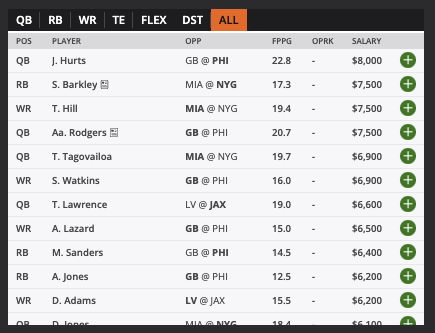
Cash Game Value
In principle, winning cash games is straightforward. You essentially want to pick “safe” players with:
- high floors
- ample opportunities (passes, rushing attempts and/or targets), and
- the greatest chance of hitting breakeven value (thus beating at least half your opponents).
One way to size up cash game candidates is to compare the player’s floor ( [FloorL4] ) to their 3x value target ( [3-0xSal] ). When you find a player with a floor that’s almost 3x their salary (or better), you’ve likely found a player with a favorable risk/reward ratio. Players with floors that are 3x their salary aren’t a sure thing, but they’re often ‘sure enough’ to bet on in cash games.
GPP Value
GPPs vary in size and maximum entries, and in large tournaments, a smaller percentage of entrants win.
As a result, it’s hard to generalize, but the minimum score to cash is usually over 10 points higher than in cash games. You want to target roughly 18 FPs per rostered player, minimum.
Compared to cash games, ownership and ceiling matter far more in GPP contests. To land in the top 10 in big GPPs you need most of your players to exceed their ceilings, going over 4x salary on average (over 200 total points).
- Pro Tip: One way to narrow down such players is to look for those who’ve gone 4x salary in the not-too-distant past, who have good matchups but not outlandish salaries.
To bag the top prizes in the biggest tournaments, you usually need to nail all the breakout performances on the slate. If a player goes 7x value and he’s not in your lineup, your chances of taking first place plunge. Such players are often involved in games that end up in shootouts.
If, for example, one of Josh Allen‘s usual targets is out of the Buffalo Bills high-scoring lineup, the next man up could provide uncommon value. And they’ll do so with a lower DFS salary than the Bill’s normal top option.

Salary Multiplier Examples
Here are some simple examples to illustrate what it takes to strike big value.
To achieve a 4x ROI on DraftKings on a $7,000 wide receiver, that player needs to amass 28 fantasy points. This requires a stat line equivalent to:
- 8 receptions (resulting in 8 points)
- 110 receiving yards (i.e., 11 points for the yards + a 3-point bonus for a 100-yard game)
- 1 TD (6 points)
To achieve a 4x ROI on DraftKings on a $6,000 running back, he needs 24 points. That takes a stat line equivalent to:
- 110 rushing yards (11 points for the yards + 3 points bonus for a 100-yard game)
- 2 receptions (2 points for the receptions)
- 20 receiving yards (2 points for the receiving yards)
- 1 TD (6 points)
…or, 2+ TDs with fewer yards.
To win the Millionaire Maker you may need to average over 5x! To reach that threshold, add another TD to the above examples.
Value by Salary
As a player’s price goes up, his value target drops. That’s hard for most NFL DFS rookies to wrap their heads around.
What this means is, you need less “value” (a lower salary multiplier) from a higher-priced player than a lower priced player, in order to generate the same output.
A 3x performance on a high-salary player is, therefore, more valuable than a 3x on a low-salary player.
By contrast, for less reliable bargain basement players, you need opportunities to generate a higher-than-average return on salary, i.e., 3.5x to 4.0x or more.
Value on FanDuel Versus DraftKings
How you go about leveraging value depends on what platform you play on.
Winning on FanDuel requires fewer fantasy points relative to salary. That’s because it allots fewer points for performance and has higher salaries, including higher minimum salaries.
For these reasons:
- Target salary multipliers are smaller on FanDuel than DraftKings
- It often takes about 0.5x to 1.0x less to hit value on FanDuel (i.e., as low as 2.0x on FanDuel versus 3.0x on DraftKings).
This also impacts player selection. On FanDuel, for example, running backs exceed 3x value almost twice as often as receivers, and more than three times as often as TEs, according to Numberfire (source). That’s largely because FanDuel is only half-PPR, meaning they award only 1/2 point for catches.
Here’s a quick guideline for minimum value targets at each position on DraftKings and FanDuel. Note: These values are based on the classic 9-player format.
Quarterback | DraftKings | FanDuel |
Minimum Salary | $5,000 | $6,000 |
Value Target (Cash Games) | 3 | 2 |
Value Target (GPPs) | 4 | 3 |
Minimum Fantasy Points (Cash Games) | 15 | 12 |
Minimum Fantasy Points (GPPs) | 20 | 18 |
Running Back | DraftKings | FanDuel |
Minimum Salary | $4,000 | $4,500 |
Value Target (Cash Games) | 3 | 2.5 |
Value Target (GPPs) | 4 | 3.5 |
Minimum Fantasy Points (Cash Games) | 12 | 11.25 |
Minimum Fantasy Points (GPPs) | 16 | 15.75 |
Wide Receiver | DraftKings | FanDuel |
Minimum Salary | $3,000 | $4,500 |
Value Target (Cash Games) | 3 | 2 |
Value Target (GPPs) | 4 | 3 |
Minimum Fantasy Points (Cash Games) | 9 | 9 |
Minimum Fantasy Points (GPPs) | 12 | 13.5 |
Tight End | DraftKings | FanDuel |
Minimum Salary | $2,500 | $4,000 |
Value Target (Cash Games) | 3 | 2 |
Value Target (GPPs) | 4 | 3 |
Minimum Fantasy Points (Cash Games) | 7.5 | 8 |
Minimum Fantasy Points (GPPs) | 10 | 12 |
Defense (DST) | DraftKings | FanDuel |
Minimum Salary | $2,000 | $3,000 |
Value Target (Cash Games) | 3 | 2 |
Value Target (GPPs) | 4 | 3 |
Minimum Fantasy Points (Cash Games) | 6 | 6 |
Minimum Fantasy Points (GPPs) | 8 | 9 |
NFL DFS Value By Position
The NFL DFS value formula is ever-changing, but here are some quick rules of thumb to maximize ROI in tournaments:
- QB: In big tournaments, the best-value NFL DFS QBs tend to be those with mid-range salaries or less.
- RB: Running backs who go for max value tend to be elite backs, or those otherwise expected to attract unusually heavy volume in a given week.
- WR: Receivers who go off in a given week tend to see deep ball completions and high expected target volume. The former can be hard to predict but the latter is easier to forecast, particularly if a WR is expected to see a greater role in a given game.
- TE: Maximizing value at the tight end position usually requires finding TEs under $4,000 in TE-friendly game scripts. Tight ends usually require just one TD to hit value.
- DST: High-value defenses tend to be lower-cost DSTs who get a lot of pressure and a defensive touchdown.
Maximizing Value
NFL DFS is a relatively efficient market, meaning that players who are widely expected to hit value or who hit value more consistently generally cost more.
But not always.
Your job as an NFL DFS analyst is to find the exceptions—the mispricings.
Mispricing can occur in all sorts of scenarios, for example:
- when a player substitutes for an injured starter
- On DraftKings, given its higher scoring and lower salaries, a minimum-salary RB (or sometimes a WR or TE) who subs for an injured star is a must-start the majority of the time.
- when a player’s role grows within his team, e.g.:
- when a rookie gets more reps
- when a player is promoted after a breakout performance
- when a player’s salary drops materially after a bad performance or two.
When assessing situations like this for their 3x or 4x potential, be sure to adjust your value expectations to the:
- player’s salary
- player’s position (e.g., workhorse running backs in good matchups hit value more often than tight ends)
- contest
- site you’re playing on (DraftKings, FanDuel, etc.).
If you’re not confident a player can generate a large enough return on salary to help you win your contest, leave him out of your lineups. And remember, volume (opportunity) leads to value.
Analyzing Matchups and Trends to Find Value
With NFL DFS matchups, it’s important to look beyond just the overall strength of the opposing defense. You also need to consider factors like the opposing team’s defensive scheme, their recent performance, and any injuries or other factors that may impact their performance.
To supplement matchup analysis, it’s important to research a player’s recent performance, their historical performance, and any factors that may impact their productivity—such as injuries, coach comments or recent changes in coaching staff.
Factors like a player’s consistency over the course of the season, expected defensive coverage, PFF grades and any recent changes in their role or usage, can also be key signals.
Team trends are yet another vital element to consider, as they can heavily impact a player’s performance. This includes analyzing factors such as a team’s offensive scheme, game motivation and recent momentum.
The takeaway from the above is this. When hunting for value, looking beyond general statistics and Vegas lines isn’t just recommended, it’s mandatory. Everyone’s trying to do the same thing—find hidden gems. You’ve got to out-research and out-think your opponents.
The Impact of Weather on Player’s Value
Poor weather conditions have been proven to negatively change the game script. According to data by The Fantasy Footballers, rains tends to have a negative effect on quarterbacks and recievers. When raining, completion percentage drops by abour 3%, total game passing production dips by 45 yards and .6 fewer passing TDs are tossed. Those numbers are even worse when snowfall occurs.
When deciding between players with a similar price tag, you may get more value out of a QB or pass catcher that is in more favorable weather conditions. Additionally, in the rare instances of snowfall, flexing a running back over a reciever could provide you unexpected value over your opponents who may not pay as close attention to the words of the weatherman.



